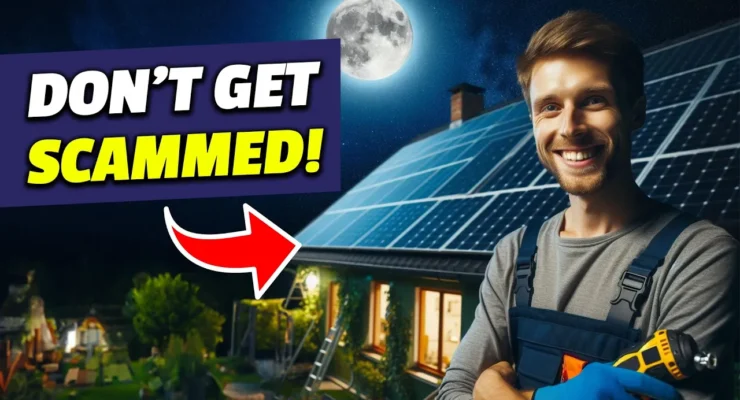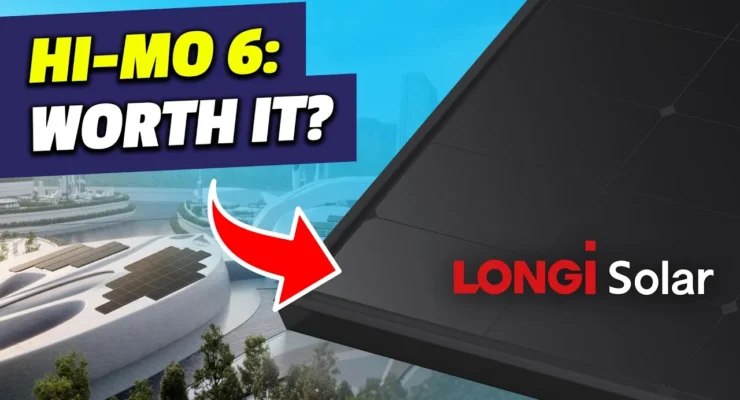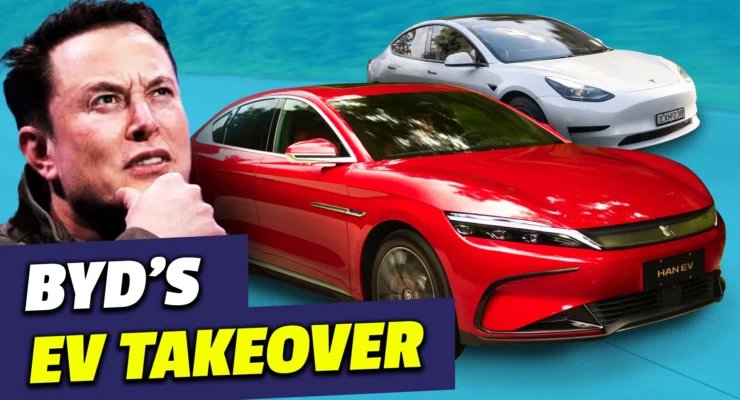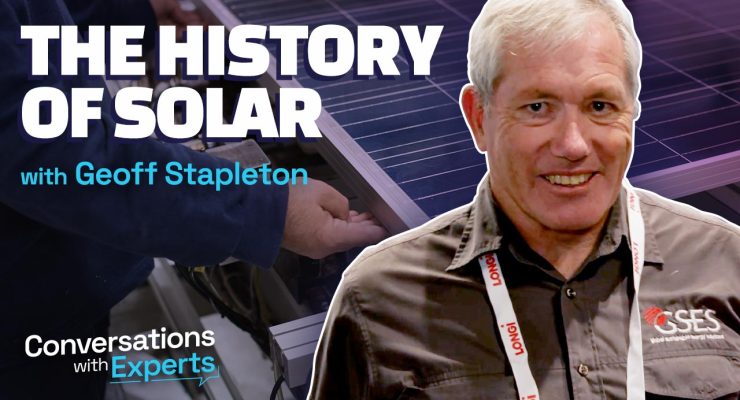
Fast read
Solar manufacturing has been growing for the past 20 years, and some early pioneers are hard to find. We spoke to Geoff Stapleton at the Smart Energy event in Sydney to learn more.
We discovered that solar panels per watt were initially much more expensive than today. $10,000 for 1 kW of off-grid solar was the norm. So the significant breakthroughs were in regards to a decrease in consumer costs for panels and inverters as well as an increase in PV module efficiency.
This decrease in production and consumer costs, paired with the increased function of panels, can be accredited to the international manufacturing growth and the considerable efforts in solar research.
However, we learn that some countries still have only a small part of the country electrified, such as our neighbour Papa New Guinea which still has 8 million people without electricity.
Because we’re a young industry, most people who work in the Australian solar industry have been working for it for less than a decade.
Markus Lambert: So when you meet somebody who’s been working in the industry for many decades, then it’s time to find out about the early years. I’m here with Geoff Stapleton, and Geoff has been in the solar industry for a long time. How long?
Geoff Stapleton: Well, I specialise in it at university 40 years ago this year.
Markus Lambert: So if there would be a Solar Hall of Fame, you should be in it!
Geoff Stapleton: Oh, possibly; there’s a lot of people that should be in it. I entered the industry working in 1987 because there wasn’t much of an industry in 1981 when I left university.
Markus Lambert: Yeah, well, I joined when we had 4 Megawatts as installation capacity per year, which was about 2006. We also looked at the 10% growth, and we were excited.
Geoff Stapleton: I know, in 1975 was 250 kilowatts of annual installations in Australia.
Markus Lambert: Wow. So you’ve basically been there right from the beginning.
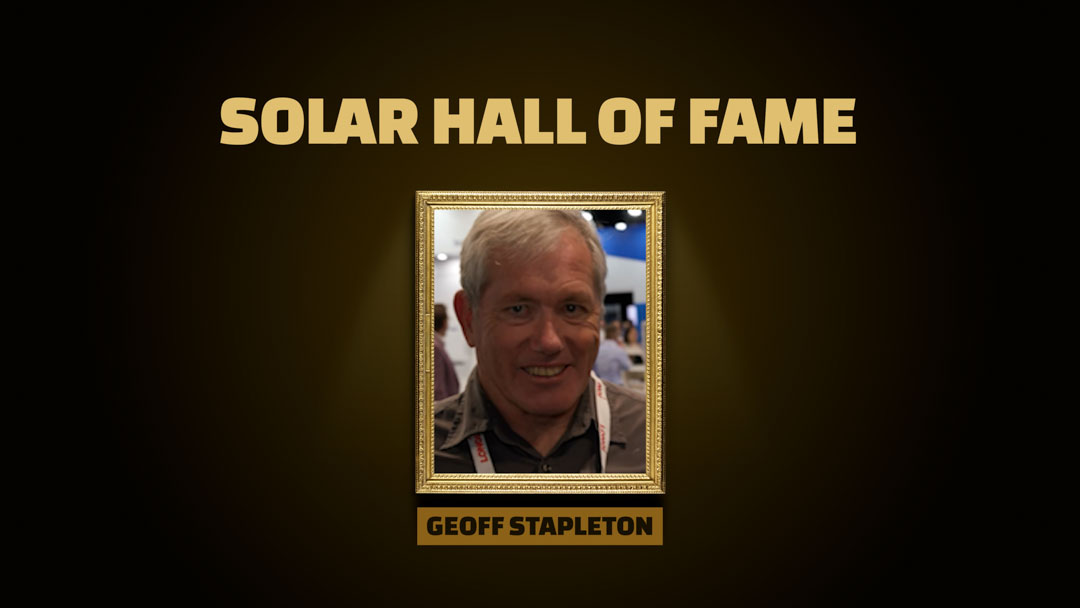
What was the solar market like originally?
Geoff Stapleton: In 1987. BP Solar and Solarex were here in Australia. They were two factories. If they were doing four megawatts a year each at that stage, that would’ve been big.
Markus Lambert: What happened to those Australian-made solar panels?
Geoff Stapleton: Two things happened. One, firstly, was BP Solar and Solarex merged. Also, BP Oil bought Amaco Oil, and Amaco Oil owned Solarex. So then it became the one factory, and then once only it was one, it opened new doors to products coming in from overseas.
So come 2000, we started getting more manufacturers coming into Australia selling. With the growth of Chinese manufacturing and everything that happened there, now BP Solar closed down around 2010-11. They pulled out of the market then. All their early days were solar. Shell is still around; Total Energy is still around.
Markus Lambert: So, you’re saying that in the early days, actually, the oil companies owned the solar companies
Geoff Stapleton: Yep.
Markus Lambert: Well, why was that?
Geoff Stapleton: In the oil crisis, they decided they better have their fingers in other technologies.
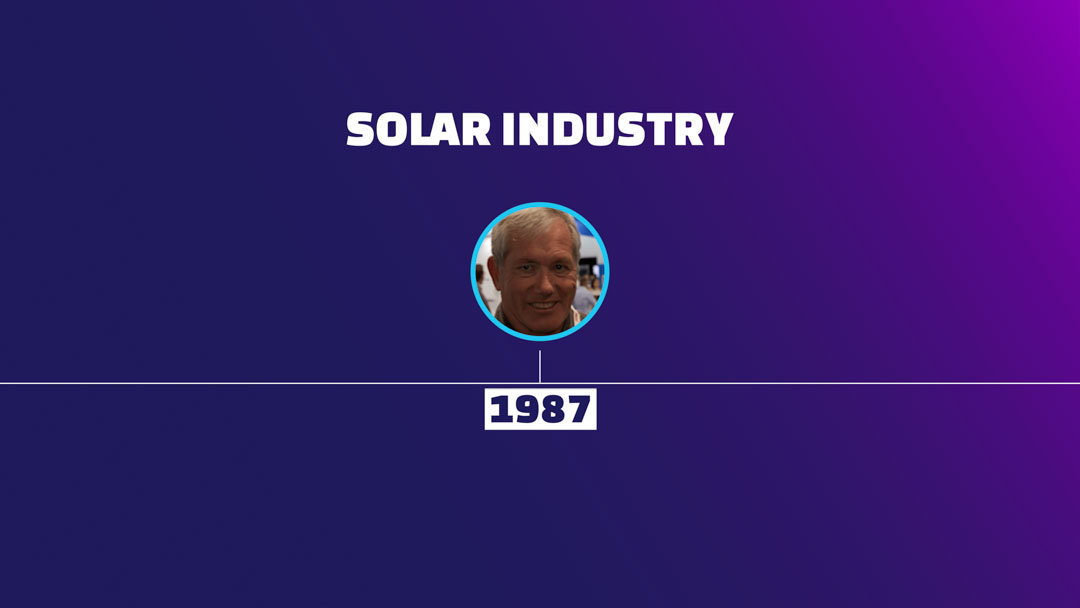
What has been the growth of solar in the last few decades?
Markus Lambert: What’s the biggest change you’ve seen in the industry?
Geoff Stapleton: Oh, just the rapid growth of grid-connected solar. Martin Green before, you know, in 1994, he was talking about a dollar per watt? We said, “That would never happen in our lifetime”. It’s only in the last, you know, 10 years that that barrier’s been broken.
Markus Lambert: A solar panel normally gets priced at a price per watt. So if it’s a 200-watt solar panel and it is a $1/Watt, that means the panel costs $200. And in the early days, it was $1.50. I think at one stage it was $4 per Watt?
Geoff Stapleton: When I was selling in the 1990s, it was $10 a watt.
Markus Lambert: So, if you had a 100-watt panel, you pay $1000!
Geoff Stapleton: The 75-watt panel was the biggest panel on the market and was $750.
Markus Lambert: You had a $750 cost for a 75-watt panel. You now have a 380, 390 even 400-watt panel. So you’re looking at $120 for a 400-watt panel. Whereas you were looking at $750 in the days for a 75-watt panel.
Geoff Stapleton: Yeah. In the old days, the market was off-grid standalone. And you used to tell the customer $10,000 per 1 kW of solar. By the time took your modules and battery inverter into account in the small couple of kW systems that people were putting in, your are talking $20,000-30,000 to start off with.
How has residential solar improved in regards to product quality and cost?
Markus Lambert: Now you can get them for as little as 40c a watt for panels.
Geoff Stapleton: (Laugh). Yes.
Markus Lambert: $3000-$4000 for cheap crap system it is?
Geoff Stapleton: That’s right. And that’s why yeah, like I love still off-grid. I work a lot internationally, and you know, it’s just revolutionised that market. You know, like in Uganda. one company was doing 20,000 systems a month of 20 watts systems. It’s just few lightbulbs.
What they could do with 20 watts now with LED lights, LED TVs – that are eight watts. This is what you used to have to use a 400 or 500 watts system for because I’m still a great lover of off-grid.
Papua New Guinea (PNG) – 9 million population, but those with electricity are only 1 million. Australia’s next-door neighbour has 8 million people with no electricity.
Markus Lambert: You’re involved with GSES. What does that do?
Geoff Stapleton: We first formed it to take our expertise overseas. So we went over and started working with small companies. We’re all very much involved in the early days of the industry. We were involved with getting the accreditation scheme up and running, including standards and training overseas.
When I was sitting in Sri Lanka, having a beer, telling the people what we did in Australia, they said, well could you help us here? So we’ve been working with foreign governments to set up a quality assurance framework for off-grid systems.
The Chinese influene on the industry
Markus Lambert: Now, if renewables are needed by the world, and we get bigger and bigger at it, wouldn’t that also in some way mean that the Chinese influence over the economic benefit of many countries will grow?
Geoff Stapleton: Potentially. I think China are getting that influence in not just our industry in many industries at the moment. India will get there. They’re doing a lot with manufacturing. Yeah. One might be the hare, and the other might be the tortoise, in 50 years’ time. Do not underestimate India.
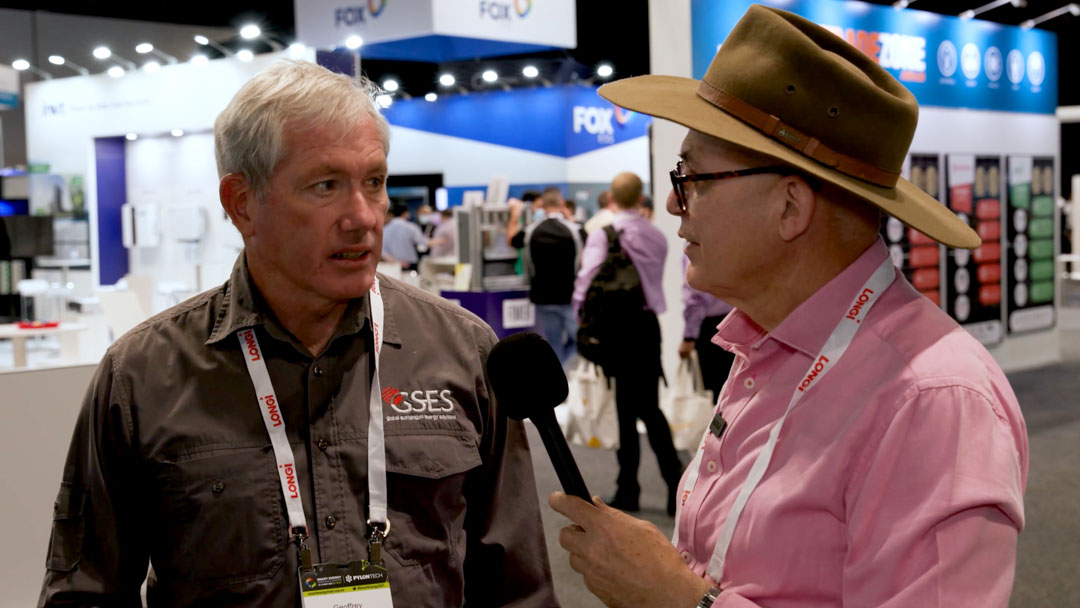
Why has the Australian Federal Government not pushed for local solar?
Markus Lambert: Do you think we’ll ever get the panel manufacturing back into Australia?
Geoff Stapleton: I would like to think we would. You might get to where you might assemble modules here. We are just like so many other industries in Australia that have just gone offshore. So we’re not the only industry that that’s happened to.
We all know our biggest problem is a very strong coal lobby. Because I’ve had to live with that for 20 years working overseas. We didn’t sign Kyoto, so I came from the bad boy country. So I’ve spent 20 years coming from the bad boy country, and our governments have never assisted.
I’ve studied what Germany did, and they’ve got an industry bigger than their coal industry ever was. In 2004, they started calling the industry together and asked how they could export around the world.
Have our policies on coal restricted renewable energy growth?
Markus Lambert: In terms of the government policies and all that, you generally believe that the coal lobby held us back?
Geoff Stapleton: Oh, very much so. They’ve always been very strong, and you still see it today. You know, this government has been criticised by America. Even, you know by someone like Boris Johnson.
I always find it ironic when I drove through the Hunter Valley, and there was a big banner there saying how ugly wind power was. And behind that banner, all you saw was miles and miles of open-cut coal fields. I’m thought that’s a little bit silly putting up all these signs. Yet, that’s what we’ve had to deal with. These actions by the coal lobby have been extremely strong and hypocritical.
Markus Lambert: Oh, well we are talking also about politicians.
Geoff Stapleton: Yes. (Laughter).
Markus Lambert: Geoff Stapleton. What a guy! Travelling the world, teaching about solar to the third world and at the same time implementing local standards and technical guidance. I love him.
Want more energy answered? Visit yourenergyanswers.com for quality energy products, tools and calculators and find your quality local installers.
